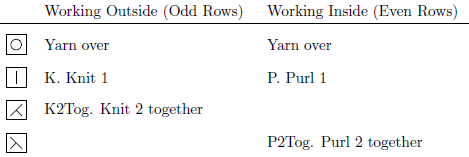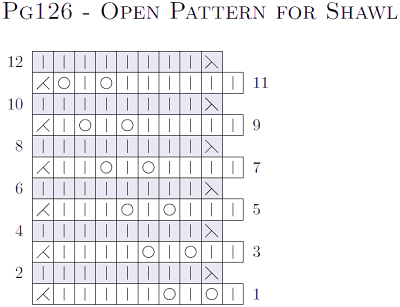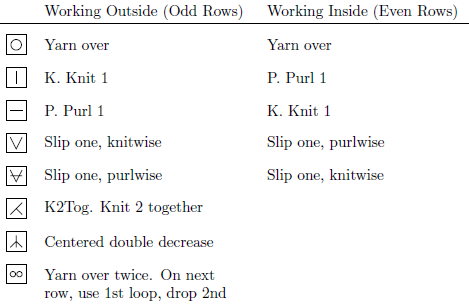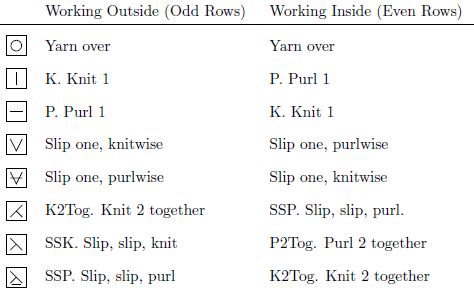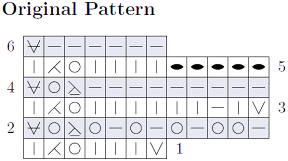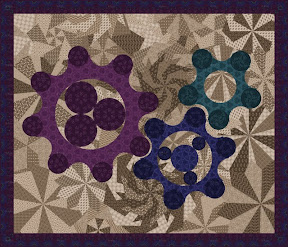I decided after the tessellation contest result (and looking at the winners of that contest and previous contests) that my design has too many colors, or too much variety of colors. So I set out to learn something about fabric design. I borrowed "The Fabric Design Book: Understanding and creating patterns using texture, shape, and color." by Karin Jerstorp and Eva Köhlmark from my local library [
GoogleBooks,
B&N,
Amazon]. At this point I've still only made my way through about a third of the book; I keep getting distracted with working on new designs.
Around this time Spoonflower held another contest; this time to design a one yard cheater quilt. Inspired by Gerry Smeltzer's "Black-White and Chartreuse" quilt at PIQF (2009), I decided to make something similar with a slightly more 'steampunk-ish' flair. Here's a picture of "Black-White and Chartreuse", which I am in love with still (I like the color green, especially lime green):
As an exercise from the book, or based on a couple exercises, I decided to make a fabric collection using variations of a single element and a restricted palette. For the design element I started with two simple gears, then used a quarter or half of the gear as the basic element. For the palette I picked a single hue of brown, then selected three saturation levels and four intensity levels at each saturation level. The final design set didn't fit in a single 'collection' on Spoonflower's site, so its separated into two collections:
Variations on a Gear and
Gear Flowers.
I then used a subset of these designs to make my gear quilt cheater print (click the image to get to the Spoonflower page).
I concluded after the contest that Spoonflower's contest voting display favors somewhat simple designs, especially when the contest entries are for a full yard of fabric. Some of the top designs looked great on the screen, when the image was only 2 inches wide, but after thinking about what the design would look like on a full yard of fabric I noticed that at least one design featured flowers (or something) where the center of the flower consisted of a plain white circle 8 inches in diameter.
I only managed to come in 40th out of 127, with 225 votes, in the Cheater Print contest, with my gear quilt. I've since made a reduced version to be printed out as a table place-mat, but I haven't gotten around to having it printed yet (and its one of my few designs that isn't yet viewable by the public).
I made several designs using the Summer Flowers color theme:
Summer Flowers collection. I entered
"Diamond Leaf Scroll" in the weekly contest. The design came in 83rd out of 136, with 91 votes.
Well, then I got excited when they announced a weekly contest with the theme of "Desert"; I grew up in the desert (the Mojave Desert to be specific). Desert is such a broad theme, however. I thought about doing desert wild flowers, but I don't actually have any personal pictures of them (or at least not any digital ones). So I asked my dad if he had suggestions for a desert themed fabric (he's an art teacher in the Washington D.C. area, and he's really good at thinking up interesting ideas for pictures). He said I should pick something from the desert with a nice pattern, and suggested the Mojave Green (a diamond back rattlesnake), and then he suggested having it kind of appear out of the background (my interpretation, not his words).
Since it sounded like a cool idea I decided to try it. I had some difficulty trying to figure out how to draw the snake in the computer. Then I had some difficulty trying to figure out scales. The scales ended up being a bump map pattern in GIMP, followed by some back and forth between Inkscape and GIMP to get a scaly skin: I made an image of a single scale in Inkscape, then imported it into GIMP and created a beveled image (I think I went with beveled rather than bump map), then created a set of scales in the diamond back pattern using Inkscape, imported the textured image of a scale as a pattern into Inkscape and applied it to each scale in the diamond, and finally exported the bitmap so that it could be imported into Inkscape as a fill pattern.
| Scale exported from Inkscape: | Saved from GIMP, and imported into Inkscape as a fill pattern: | Exported from Inkscape, and bitmap imported as a fill pattern: |
 |
 |
 |
I then found a public domain image snake and laid out the diamond pattens, then filled in the extra spaces with solid scales, and finally took the whole coiled snake and laid it on top of a plain diamond filled area in GIMP. (Then I fiddled with some gradients to make the snake pop out a little more relative to the background, especially the head.) And I had
my contest entry.
It came in a disappointing 70th out of 119, with 70 votes. I've concluded that crafters like cute happy images. And snakes are generally not considered cute, or happy. (As a side note, my dad said most of the contest entries looked childish, which made me feel better. I suppose artists and crafters have different mindsets.) The winning entry was probably my favorite contest entry (after my own of course); even I like cute.
Given my degrading contest performance, I've decided to stop designing fabrics for Spoonflower contest, at least until something really good comes up. (I haven't stopped designing fabrics, but they're for other projects.)
